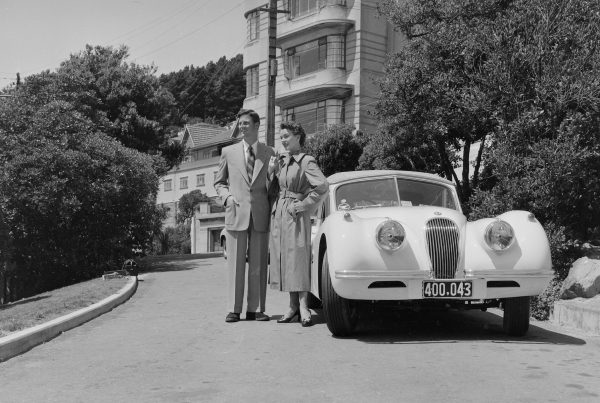
Quite possibly nothing contributed more to our reputation for big weather than midwinter test matches at Athletic Park. This photograph is on one such day. It rained incessantly, but at least there was no southerly sweeping up from Antarctica. None of those umbrellas would have survived that.
Up to then, New Zealanders were convinced they had the best rugby team in the world. The Australians could usually be defeated, and we had revenged our infamous 1905 loss to Wales when we beat the Anglo-Welsh tourists in 1908. But the South Africans were at least a match for us. In the end this deciding test was a 0–0 draw, fought out in a mud bath. There were to be many more such grim encounters, of which, for most of last century, New Zealand lost more than they won.
This series also saw the beginnings of some unease about South Africa’s whites-only racism. The week before, the South Africans had narrowly beaten the Maori team in Rotorua and a South African journalist sent an angry cable home. The South Africans were disgusted, he claimed, at seeing a European crowd cheering on “a band of coloured men” against members of their own race. But New Zealand anger was soon smoothed over, and for the next 60 years the Rugby Union ignored growing calls to stop playing against a team so representative of South African apartheid
Nowadays we play them at least twice a year, and test matches don’t mean so much. There is still an extra edge against South Africa though. Few rugby followers can forget that dispiriting day in 1995 when a newly integrated South African team beat us in the World Cup final, cheered on by Nelson Mandela.




